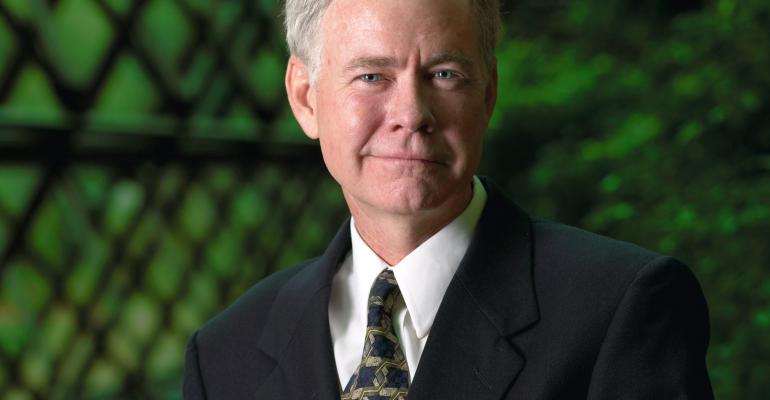The history of the automotive industry shows an ebb and flow of philosophies on how to run an auto maker.
Often, what was considered the best way in one era is rejected as woefully inadequate in another. But it reminds me of what they say in the fashion industry: “Hang on to your old suits because they’re going to come back in style.” I think the same could be about to happen with corporate structures.
Until quite recently, vertical integration was considered the key to success. Making parts and components in-house was viewed as a sure-fire way to achieve the lowest costs. Today, most auto makers have outsourced 70% of the value of a car in order to cut costs.
In the past, decentralized operations were considered the key to innovation because this structure allowed more freedom to experiment with new processes. Today’s managers seem to prefer centralized operations that facilitate the company-wide adoption of common practices.
Traditionally, companies modeled themselves after the military with a clear-cut, top-down, command-and-control system. Today, matrix management is considered the best way to eliminate redundancy.
But it may be time to revisit some of the practices of the past.
For example, back in 1932, in the depths of the Great Depression, Alfred Sloan, arguably General Motors’ greatest chairman, came under enormous pressure to start consolidating operations to cut costs. Sloan was reluctant to do so, convinced that decentralized operations were the best way to run GM.
But due to the economic calamity of the time, he was persuaded to consolidate Buick, Oldsmobile and Pontiac into one operation. It was known as B-O-P, and sure enough, it did help the company cut costs.
Even so, Sloan was not happy with the arrangement. He was concerned that Buick, Oldsmobile and Pontiac cars would start to look too much alike because they all were coming out of the same organization. So the very next year, Sloan dismantled B-O-P and went back to having each operate autonomously.
Sloan spent the rest of his career protecting GM’s decentralized structure until he retired in 1956. His influence lasted for years, and GM’s U.S. market share peaked in 1962 at an incredible 51%.
But in 1965, the company began its move toward centralized operations with the creation of the General Motors Assembly Division.
Twenty years after that, with the 1984 reorganization under then-chairman Roger Smith, GM completely dismantled Sloan’s decentralized approach. History shows that single event marks the start of GM’s precipitous decline in share, which now is about 18%. Further restructuring has consolidated operations even more, especially on a global basis.
Meanwhile, the Volkswagen group seems to have adopted a lot of Sloan’s thinking, whether by plan or happenstance. VW is more vertically integrated than other auto makers and treats its brands as stand-alone companies, with great autonomy in design, engineering, manufacturing and marketing. Even though this approach means VW needs to employ far more people than anyone else, it also generates far bigger profits.
There’s a lesson here. Volkswagen seems to have hit upon a structure that is well-suited to very large global corporations. It provides a great balance between corporate control and individual initiative and fits nicely into the science of complex adaptive systems that’s such a hot topic in so many business schools today.
Will VW’s success trigger other auto makers to follow its example? Will we come full circle to Sloan’s philosophy? If VW keeps out-earning all of its competitors by a wide margin, it’s hard to see how they can ignore the German juggernaut’s ability to make so much money.
The bottom line: It’s worth looking back to see where we’ve come from because the history of the automotive industry is replete with examples of how to solve today’s problems.
John McElroy is editorial director of Blue Sky Productions and producer of “Autoline” for WTVS-Channel 56, Detroit, and “Autoline Daily,” the online video newscast.




